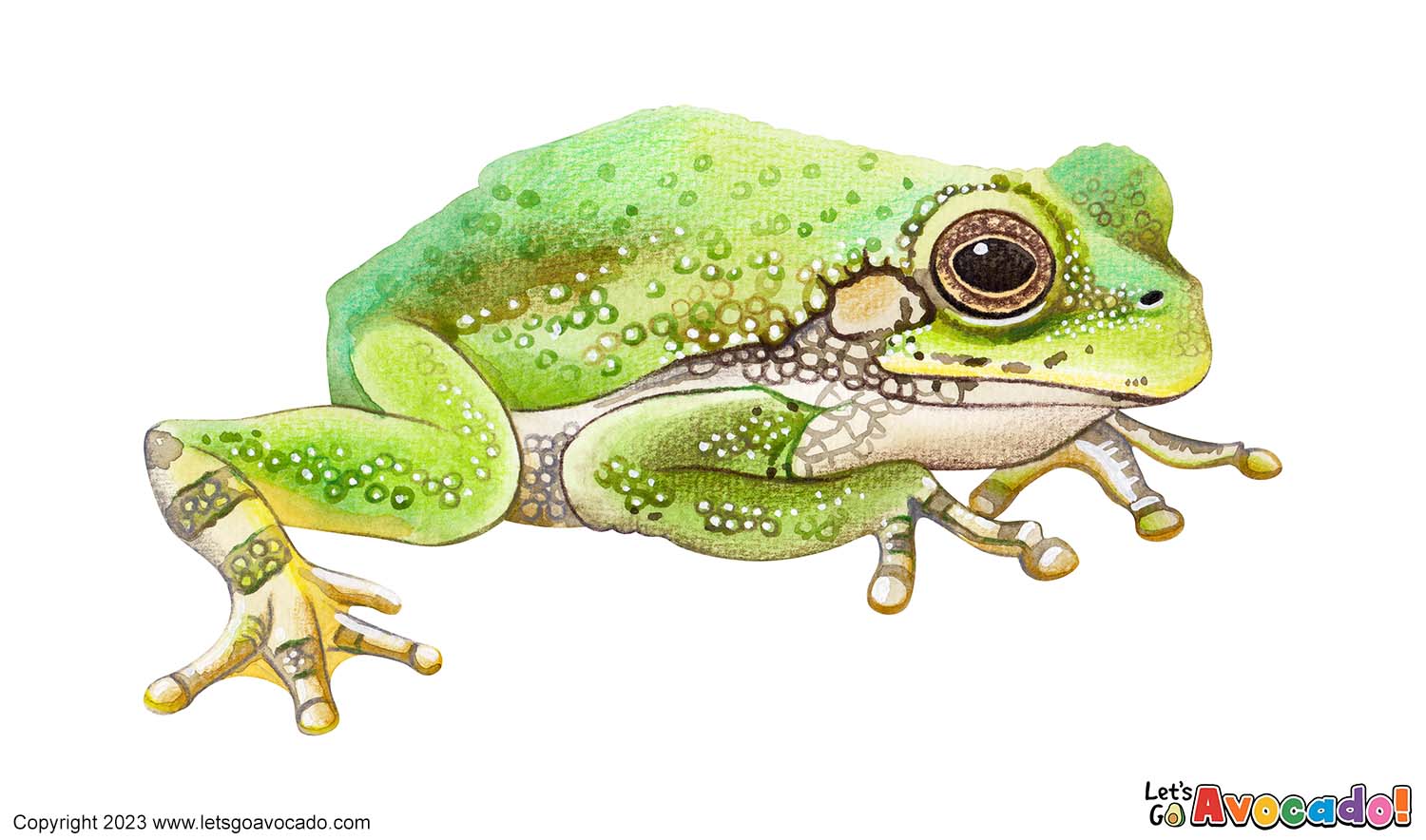

Cope’s Gray Treefrog
Southern Gray Treefrog, Cope's Treefrog
Hyla chrysoscelis
This page may contain affiliate links.
Read our disclosure and privacy policy here.
Cope’s Gray Treefrog, scientifically known as Hyla chrysoscelis, is a fascinating amphibian that inhabits the eastern and central regions of North America, including areas of the United States and Canada. With its distinctive gray or greenish-brown skin, adorned with intricate patterns and scattered warts, Cope’s Gray Treefrog perfectly blends into its tree-dwelling environment. These small frogs, measuring around 1.5 to 2.5 inches in length, are known for their iconic vocalizations. During the breeding season, males produce a series of high-pitched trills that sound like a chorus of musical notes, attracting mates and asserting their territories. Cope’s Gray Treefrogs are highly adaptable, able to thrive in various habitats, including forests, wetlands, and even suburban gardens. Their captivating appearances, enchanting calls, and remarkable ability to climb trees make them a delightful species to encounter in the natural world.
Cope’s Gray Treefrog
Common Name
Other Names
Latin Name
Distribution
Appearance
Size
Habitat
Behavior
Diet
Lifecycle
Vocalization
Defense Mechanisms
Ecological Importance
ConservationThe act of protecting and preserving natural resources and the environment. Conservation efforts are important to protect beavers and their habitats. Learn More Status

There’s a lot to explore right where we are, in our own neighborhoods and backyards! Join us while we get off the couch and explore the everyday wonders of nature, science, space, engineering, art, and anything else we stumble upon during on our adventures.







